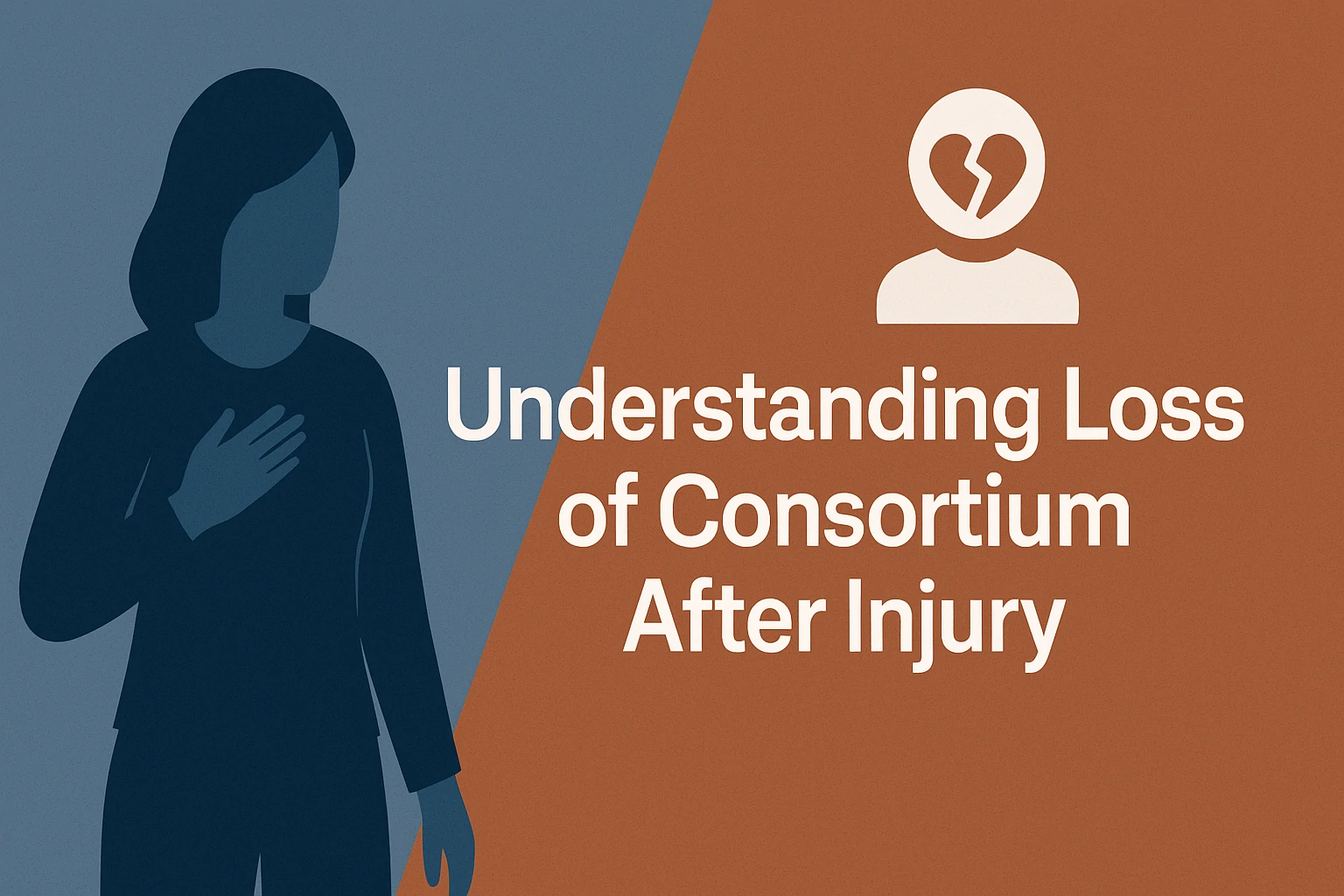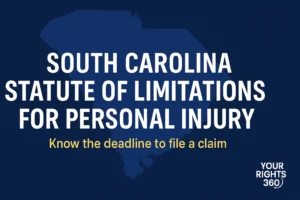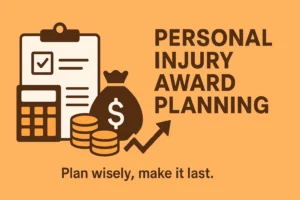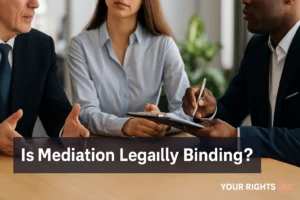Legal terms can feel distant. But some speak directly to real pain. Loss of consortium is one of those terms. It may not appear in everyday talk, but its meaning runs deep. It speaks to broken homes, lost closeness, and the quiet hurt that follows serious injury. Courts use this term when an accident changes the core of a relationship. It helps people who lose love, care, or support after someone they love gets hurt.
An injury does not just harm the person who got hurt. It can affect the whole family. It can take away time spent together. It can replace shared joy with stress, sadness, and silence. Life at home changes. A spouse may sleep alone. A child may stop seeing their parent smile. The law allows these unseen losses to become part of a case. This gives families a way to speak up in court about the damage done.
Many people do not know that the law protects family bonds. Most focus on hospital bills, lost pay, or pain. But love, help, and companionship also matter. That is where loss of consortium fits in. It helps fill a gap in justice. If you or someone close to you faced this kind of deep personal loss, this article will guide you.
This post explains what loss of consortium means, who can file a claim, how the courts view these cases, and why this legal path matters. The goal is to break it down in simple words so that any reader can understand this important legal topic.
What Does Loss of Consortium Really Mean?
Loss of consortium means that an injury damaged a close relationship. This loss can include love, care, help at home, or emotional support. It does not involve money or property. It affects how two people live, connect, and support each other. In most cases, it means a spouse or family member no longer gets the same bond they once had.
The term sounds cold, but it covers real human pain. It may include lost hugs, shared laughs, help with children, or just being there for each other. These are the things that build a home. When they vanish after a major injury, the law sees that as a loss worth recognizing.
Courts place this loss under non-economic damages. That means there is no receipt or fixed price. It deals with the quality of life. It honors the idea that relationships have value too. When injury breaks that bond, the law steps in to give some form of justice.
When Do These Claims Come Up?
This claim comes up in many injury cases. It may follow a car crash, a fall, medical error, or even violence. The key point is the injury must be serious. Minor pain or short-term problems do not meet the legal mark. The courts need to see that the harm affected a relationship in a real, lasting way.
For example, if a person becomes paralyzed and can no longer take part in family life, their spouse may have a strong claim. If someone suffers brain damage and no longer talks, connects, or helps as they once did, that too can lead to a claim.
The law does not want to open the door to every small change. It must see deep loss that truly changed how the family works. This helps keep the system fair and honest for everyone.
Who Can File a Loss of Consortium Claim?
In many states, only legal spouses can file this type of claim. But the rules differ. Some states allow children, parents, or long-time partners to bring these claims too. It depends on the local laws and how the courts define close family ties.
A child may file if a parent becomes unresponsive or no longer gives care. A parent may file if a child’s injury creates deep emotional loss. In some states, couples in civil unions or domestic partnerships may also qualify.
Courts look at how close the relationship was before the injury. They ask how daily life changed after. They check if the couple lived together, raised children, or shared deep bonds. Marriage helps, but it is not the only way courts measure connection.
What Kinds of Loss Are Included?
Loss of consortium is broad. It includes many things that make up a life together. The courts look at what the injured person used to do and what they can no longer do.
This can include:
- Holding hands or showing affection
- Talking at the end of the day
- Helping with meals, chores, or kids
- Laughing together or sharing inside jokes
- Being part of daily home life
When these acts vanish, it leaves a hole. That gap is what the law calls a loss. The courts ask: what is gone? Can it come back? How deep is the change?
The spouse or family member filing the claim must show how the relationship worked before. Then they must show how it broke after the injury. These are emotional details, but they matter in court.
What Evidence Helps in These Cases?
These claims do not use charts, scans, or medical tests. They rely on human stories. That makes them harder but also more personal.
The spouse or family member will often write a detailed statement. This may include memories of shared activities, family habits, or changes after the injury. Friends or therapists may speak too. They may explain what they saw, how the person changed, and how the home changed.
Photos and home videos can help. They may show what the relationship looked like before the injury. After the injury, letters, journal entries, or even phone messages may show what got lost.
Courts want honest proof. They look for clear, real stories that show true impact, not just sadness but clear harm to the family bond.
How Are These Claims Filed?
Loss of consortium is not usually a separate lawsuit. It joins the main injury case. The injured person sues the one who caused the harm. The spouse or family member adds their own claim under the same lawsuit.
Each person must explain their own loss. Each must show how the injury affected them. Both claims go through the same trial or settlement process. But each person may get a different award based on their role and proof.
Lawyers often file these claims together to keep things smooth. A good attorney will guide both people through the steps and make sure each voice gets heard.
How Much Is the Claim Worth?
There is no fixed value. No one can say “this much for lost hugs” or “that much for missed dinners.” The jury or judge looks at how deep the loss runs.
Courts ask:
- How bad was the injury?
- How much did the home life change?
- Did the injury break the bond forever or just for a while?
- Was the relationship strong before the injury?
Some awards go over a hundred thousand dollars. Others may be less. Some states set limits on these claims. Those limits may cap the amount no matter how deep the loss feels.
But in every case, the story matters. The deeper and clearer the story, the more likely the court will respond with a fair award.
What Happens in Real Cases?
Imagine a couple married for 15 years. The husband gets hit in a crash. He suffers brain damage. He forgets things. He yells without warning. He no longer talks to his wife like before. Their quiet talks, morning walks, and family games are gone.
The wife now raises the kids alone. She pays bills, handles the house, and lives with a man she no longer knows. She stays strong. But she feels alone. This is more than stress. It is the loss of the life she had.
She adds a claim for loss of consortium to the injury case. In court, she tells her story. She shows photos, tells the judge about past birthdays and holidays. She shares how things changed. The jury listens. They understand. They award money not just to the injured husband, but also to her.
That is how this law works. It brings balance. It gives voice to those left in the shadows of injury.
What If You Are Not Married?
Some courts may still allow a claim. But it depends on where the case is filed. If the couple lived together, raised children, and shared life fully, some judges will allow the claim. Others may say only marriage counts.
If you are not sure, ask a local attorney. Laws change from state to state. What works in one place may not work in another. A short meeting with a lawyer can save time and give clarity.
Should You File a Claim?
These claims are not easy. They ask you to open your heart in public. They ask you to talk about love, loss, and deep personal pain. That takes strength.
But they also bring healing. They say, “This matters.” They tell courts that family life holds value. They let people stand up not just as victims but as partners who also lost something real.
If your life changed after a loved one’s injury, consider this path. Talk to a lawyer. Ask if your state allows the claim. Think about what you lost. You may have more rights than you think.
Conclusion
Loss of consortium is more than a legal term. It is a window into broken homes, lost closeness, and the deep effect that injuries can have on those who stand beside the one who got hurt. The law sees that pain. It offers a way to speak it out loud.
This claim lets families say, “We matter too.” It gives a voice to spouses, partners, and children who lose parts of their loved ones. It helps courts see the full cost of injury, not just in bones, but in bonds.
If your family faced a serious injury, and life at home has never been the same, this law may help you find some justice. It won’t undo the loss. But it may help you feel seen, heard, and supported in a way that goes beyond dollars.
Love and connection are not small things. They shape who we are. And when they get broken, the law can help put a name to that pain, and offer a way to move forward.




